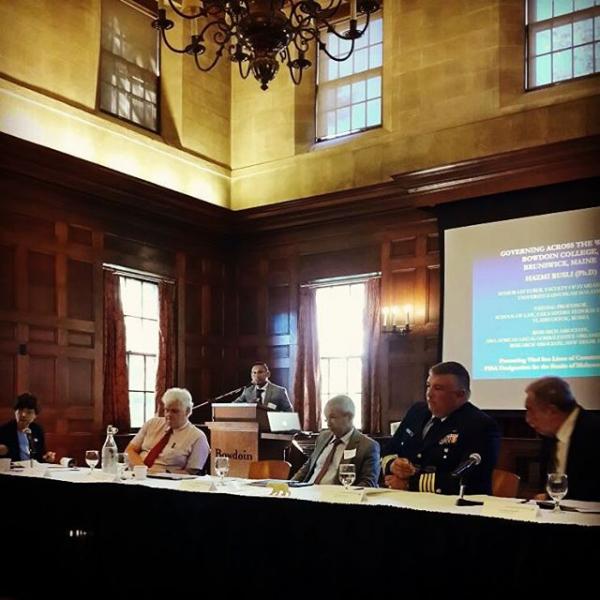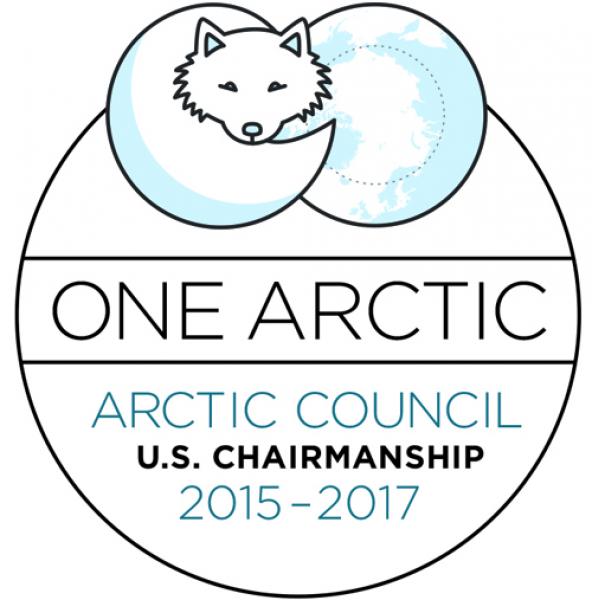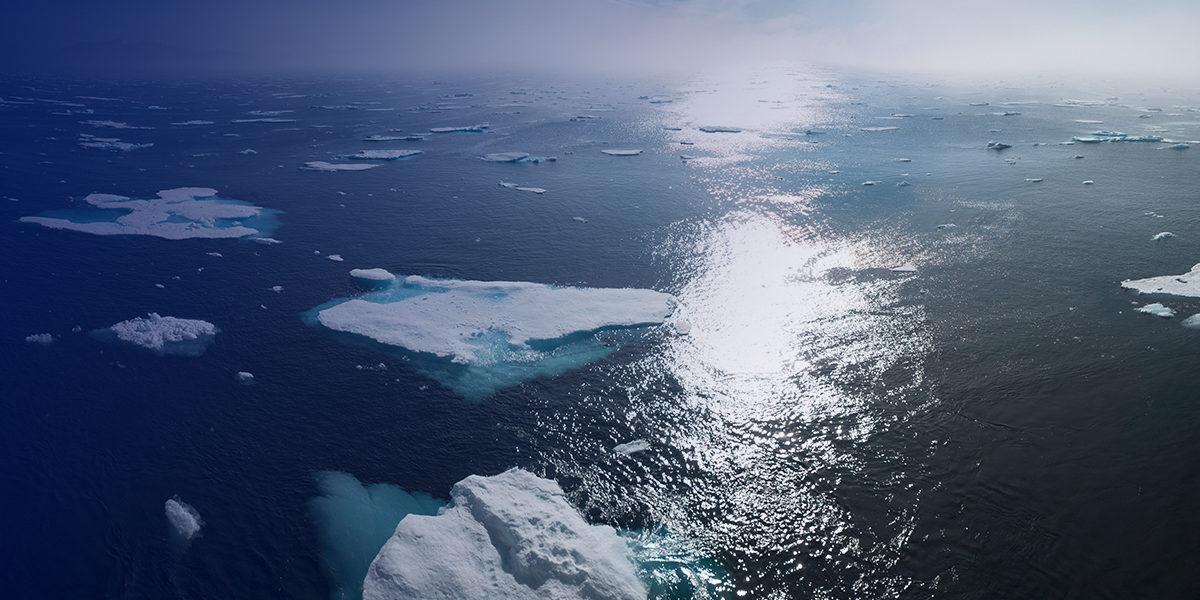In September 2016, the biggest cruise ship to ever make the Northwest Passage through the Arctic reached New York safely after 32 days, millions of dollars in preparations, and a huge sigh of relief from all who worried that any accident would cause even more irreparable harm than the passage itself through that vulnerable landscape. In September 2016, we also learned that the sea ice cover had retreated to nearly its lowest extent ever. On September 28th, the White House hosted the first ever Arctic Science Ministerial designed to expand joint collaborations focused on Arctic science, research, observations, monitoring, and data-sharing.
In early October, the Arctic Council met in Portland, Maine, where environmental protection and sustainable development (including climate change and resilience; black carbon and methane; oil pollution prevention and response; and scientific cooperation) was the subject of discussions.
In support of the work of the Arctic Council and of other Arctic interests, we attended three additional Arctic workshops—one on ocean acidification, one on the past and future of co-management of subsistence whaling, and

Governing Across the Waves meeting at Bowdoin College, Maine
All of this adds up to dramatic and rapid change for the human communities and centuries of cultural and economic activities that depended on fairly stable, relatively unchanging cycles of weather, animal migration, and other natural systems. Our western science is grappling with how to understand what we are observing. Indigenous traditional environmental knowledge is also coming up challenged. I heard elders express concern that they could no longer read the ice to know where it was safe to hunt. I heard them say that the reliable firm permafrost that supported buildings and transportation is too soft for more and more of each year, threatening their homes and businesses. I heard them explain that the walruses, seals, whales, and other species they rely upon for subsistence are shifting to new locations and migratory patterns, as the animals follow the migration of their food supply. Food security for human and animal communities alike is becoming more precarious across the northern regions of the world.
The peoples of the Arctic are not the primary drivers of the change. They are the victims of the carbon emissions from everyone else’s factories, cars and airplanes. No matter what we do at this point, Arctic ecosystems will continue to undergo significant change. The direct and indirect effects on species and people are huge. The peoples of the Arctic region are as dependent on the ocean as the people of the tropical island nations—perhaps more so as they cannot pursue food for months of the year and seasonal abundance must be captured and stored.
These vibrant Alaskan communities are on the front line of climate change and yet the rest of us don’t really see it or hear it. It is happening where people are generally not sharing their reality each day on-line or in the media. And, as subsistence cultures with relatively few people, their economic structures do not lend themselves to our modern valuations. Thus, we cannot speak to the economic contribution they make to the US as a reason for saving their communities—one of the few justifications for investment in adaptation and resilience strategies that taxpayers are being asked to make in Florida, New York, and other coastal cities. Millions are not being invested in centuries-old Alaskan communities of people whose life and culture are defined by adaptation and resilience—the perceived cost and lack of perfect solutions hamper implementation of bigger, broader strategies.
Adaptation requires recognition of the need to worry about the future, but it also requires reasons for hope, and a willingness to change. The people of the Arctic are adapting already; they don’t have the luxury of waiting for perfect information or a formal process. The people of the arctic are focusing on what they can see, and yet they understand the direct food web harm from ocean acidification may be just as threatening even though it may be invisible to the eye. And it is the rest of us who should be respectful of the rapid change under way and not increase risk to the region by rushing to expand such potentially disastrous activities as drilling for oil and gas, expanded shipping, or luxurious cruise trips.

The Arctic is vast, complex and ever more hazardous because anything we thought we knew about its patterns is changing rapidly. In its own way, the Arctic region is our savings account for cold water—a potential place of refuge and adaptation for species that are fleeing the rapidly warming waters of more southern regions.
We have to do our part to improve understanding of how these changes are affecting its peoples and their culture and economy. Adaptation is a process; it may not be linear and there is not a single end goal—except perhaps to allow communities to evolve at a pace that doesn’t fracture their societies.
We need to combine our well-developed science and technology with native and traditional knowledge as well as citizen science tools to look for solutions for these communities. We need to ask ourselves: What adaptation strategies are going to work in the Arctic? How can we value what they value in ways that support their well-being?







